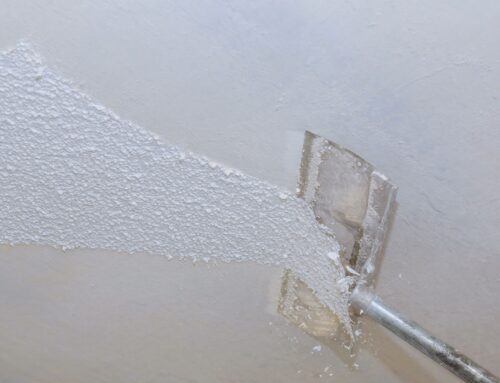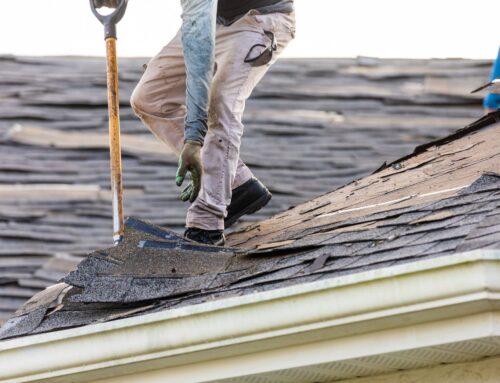Asbestos, once valued for its fire-resistant and insulating properties, is now known for its significant health risks. In Nevada, as in many other states, the legacy of asbestos use in construction and industry presents ongoing challenges. This blog explores the history and presence of asbestos in Nevada, the health risks it poses, and the importance of professional asbestos removal to ensure safety and compliance with regulations.
History and Presence of Asbestos in Nevada
Nevada’s construction boom in the mid-20th century saw extensive use of asbestos in building materials. Asbestos was commonly used in homes, schools, and commercial buildings for insulation, roofing, flooring, and fireproofing. Additionally, Nevada’s mining industry has a history of asbestos exposure, particularly in older mines where asbestos was naturally present in the ore.
The widespread use of asbestos in construction materials means that many buildings constructed before the 1980s may still contain asbestos-containing materials (ACMs). Renovations or demolitions of these older structures can disturb asbestos and release harmful fibers into the air, posing serious health risks to workers and residents.
Health Risks of Asbestos Exposure
Asbestos exposure is hazardous because the tiny fibers can be easily inhaled or ingested, leading to severe health conditions. Some of the primary health risks associated with asbestos exposure include:
- Asbestosis: A chronic lung disease caused by scarring of lung tissue from inhaled asbestos fibers, leading to breathing difficulties and reduced lung function.
- Lung Cancer: Asbestos exposure significantly increases the risk of lung cancer, especially among smokers.
- Mesothelioma: A rare and aggressive cancer affecting the lining of the lungs, abdomen, or heart, directly linked to asbestos exposure.
- Other Cancers: Asbestos exposure has also been associated with cancers of the larynx, ovaries, and gastrointestinal tract.
These health risks often manifest many years after exposure, making early detection and prevention crucial.
Regulations and Safety Measures in Nevada
Nevada follows federal regulations regarding asbestos management, overseen by the Environmental Protection Agency (EPA) and the Occupational Safety and Health Administration (OSHA). Key regulations include:
- Asbestos Hazard Emergency Response Act (AHERA): Governs asbestos management in schools, requiring inspections, management plans, and abatement activities.
- National Emission Standards for Hazardous Air Pollutants (NESHAP): Regulates asbestos emissions during demolition and renovation of buildings to prevent airborne contamination.
- OSHA Standards: Mandate safety measures for workers handling asbestos, including training, protective equipment, and exposure limits.
Nevada also has state-specific regulations and programs to ensure compliance with federal standards and protect public health.
The Importance of Professional Asbestos Removal
Given the health risks and regulatory requirements, professional asbestos removal is essential for ensuring safety and compliance. Professional asbestos abatement services follow a systematic approach to manage and remove asbestos safely:
- Inspection and Testing: Certified inspectors conduct thorough inspections and testing to identify ACMs and assess their condition. This step is crucial for developing an effective abatement plan.
- Developing an Abatement Plan: An abatement plan outlines the procedures for safely removing asbestos, including containment measures, worker safety protocols, and disposal methods.
- Containment and Removal: The work area is sealed off to prevent asbestos fibers from spreading. Certified technicians then use specialized techniques to safely remove ACMs, following stringent safety protocols.
- Air Monitoring and Clearance Testing: Continuous air monitoring ensures that asbestos fibers do not escape the containment area. After removal, clearance testing verifies that the area is safe for re-occupancy.
- Proper Disposal: Asbestos waste is transported to approved facilities for safe disposal, following regulatory guidelines to prevent environmental contamination.
- Post-Abatement Cleaning: A thorough cleaning removes any residual dust and debris, ensuring a safe and clean environment.
Choosing the Right Asbestos Abatement Service
When dealing with asbestos, it is crucial to choose a certified and experienced asbestos abatement service. Companies like Rome Environmental offer comprehensive asbestos removal services in Nevada, ensuring safety and regulatory compliance. Their expertise includes:
- Conducting detailed inspections and testing.
- Developing customized abatement plans.
- Implementing containment and removal procedures.
- Providing air monitoring and clearance testing.
- Ensuring proper disposal and post-abatement cleaning.
Asbestos remains a significant concern in Nevada due to its extensive use in past construction and industry. Understanding the health risks and regulatory requirements is essential for ensuring safety. Professional asbestos removal services play a critical role in managing and eliminating asbestos hazards, protecting the health of residents and workers. If you suspect asbestos in your property, contact Rome Environmental for expert inspection and abatement services, ensuring a safe and compliant solution.




